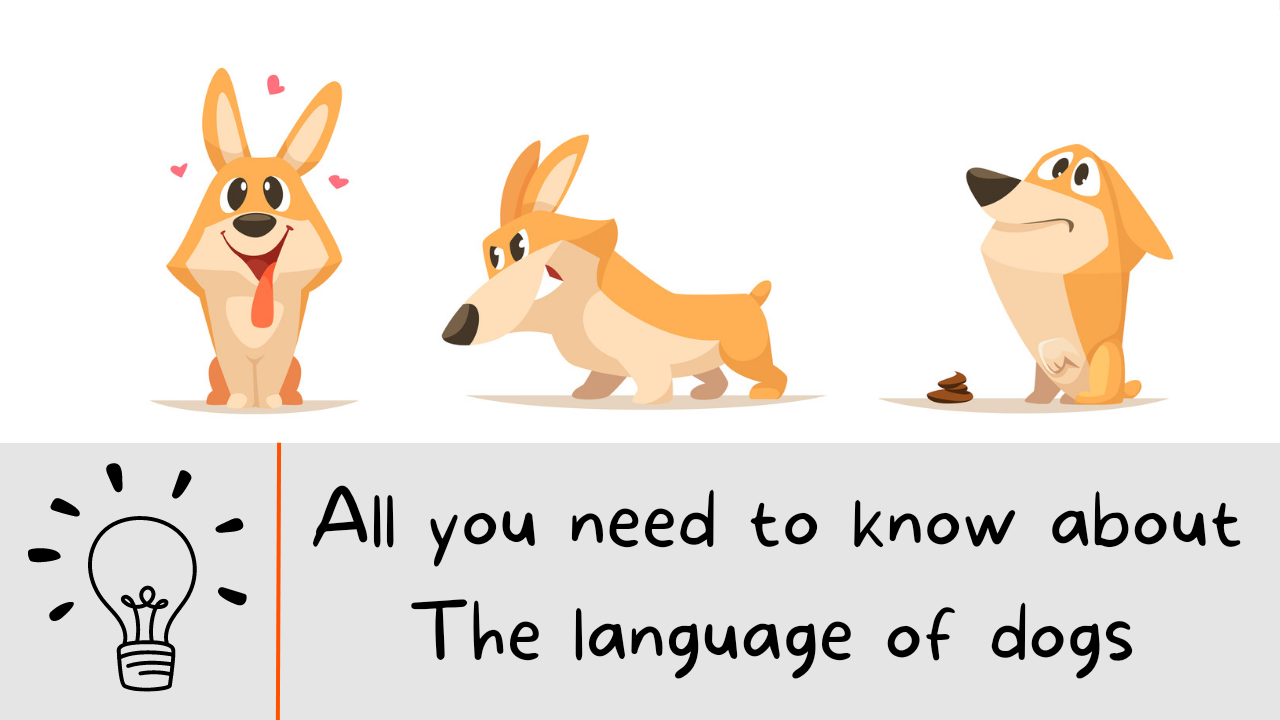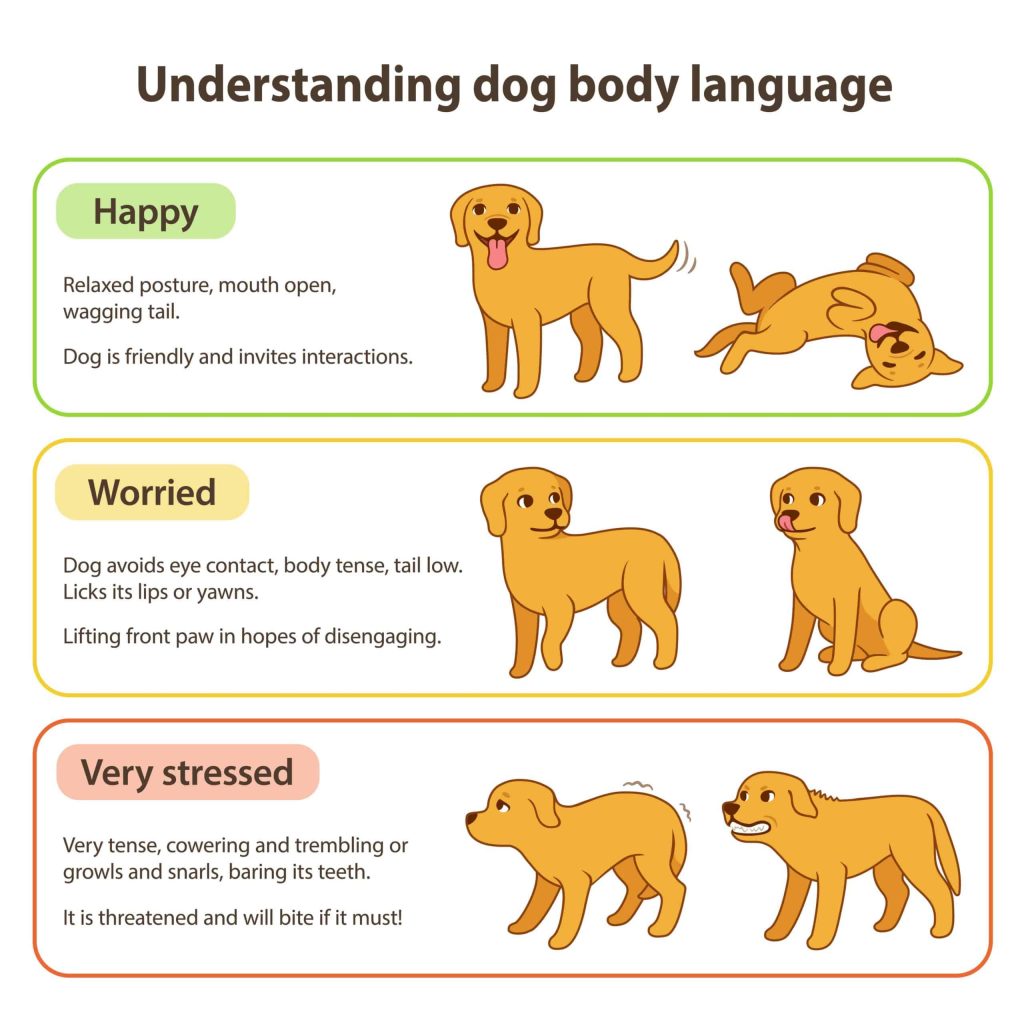
Ever wondered what your furry friend is really thinking? Learn to decode dog body language with easy-to-understand tips
Unleashing the Secret Language: Understanding Your Dog’s Body Language
Our canine companions communicate a wealth of emotions through their body language. From a tail wag that speaks volumes to furrowed brows that signal discomfort, understanding these subtle cues strengthens the bond between you and your pup
Cracking the Code: Key Elements of Dog Body Language
Dogs rely on a combination of signals to express themselves. Here’s a breakdown of the main elements to watch for:
- Tail: The classic “happy tail wag” is a good indicator of excitement or friendliness. However, a low wag or tucked tail can signify fear or anxiety. The height of the tail also matters; a high tail suggests confidence, while a tucked tail indicates submission.
- Ears: Perked-up ears show interest and alertness, while flattened ears can indicate fear or aggression.
- Eyes: Soft, relaxed eyes often signal contentment. Direct eye contact can be a sign of dominance in some situations, while averted eyes might suggest nervousness.
- Body Posture: A relaxed posture with a loose and wiggly body indicates a happy dog. A tense body with raised fur (piloerection) can signal fear or aggression.
- Facial Expressions: A relaxed mouth with a soft pant is a good sign. Yawning can be a sign of stress or discomfort, while wrinkled noses and exposed teeth can indicate aggression.

Beyond the Basics: Examples of Dog Body Language
Here are some common dog behaviors and their meanings:
- Play Bow: A lowered front end with a raised rear and a wagging tail is an invitation to play.
- Lip Licking: This can be a sign of appeasement or nervousness.
- Growling: While growling can be a sign of aggression, it can also be a playful warning during play sessions. Pay attention to the overall body language to understand the context.
Building a Stronger Bond: How to Respond to Your Dog’s Body Language
By understanding your dog’s body language, you can better anticipate their needs and respond appropriately. Here are some tips:
- Respect their boundaries: If your dog shows signs of discomfort, give them space.
- Use positive reinforcement: Reward good behavior to build trust and confidence.
- Pay attention to context: Consider the situation when interpreting body language signals.
Resources for Further Learning
The American Kennel Club offers a comprehensive guide to understanding dog body language
The RSPCA provides helpful information on recognizing signs of happiness, fear, and anxiety in dogs
Understanding your dog’s body language is a valuable skill that deepens your connection with your furry friend. By observing their subtle cues, you can ensure their happiness and well-being, fostering a lifelong bond of love and companionship.

Leave a Reply